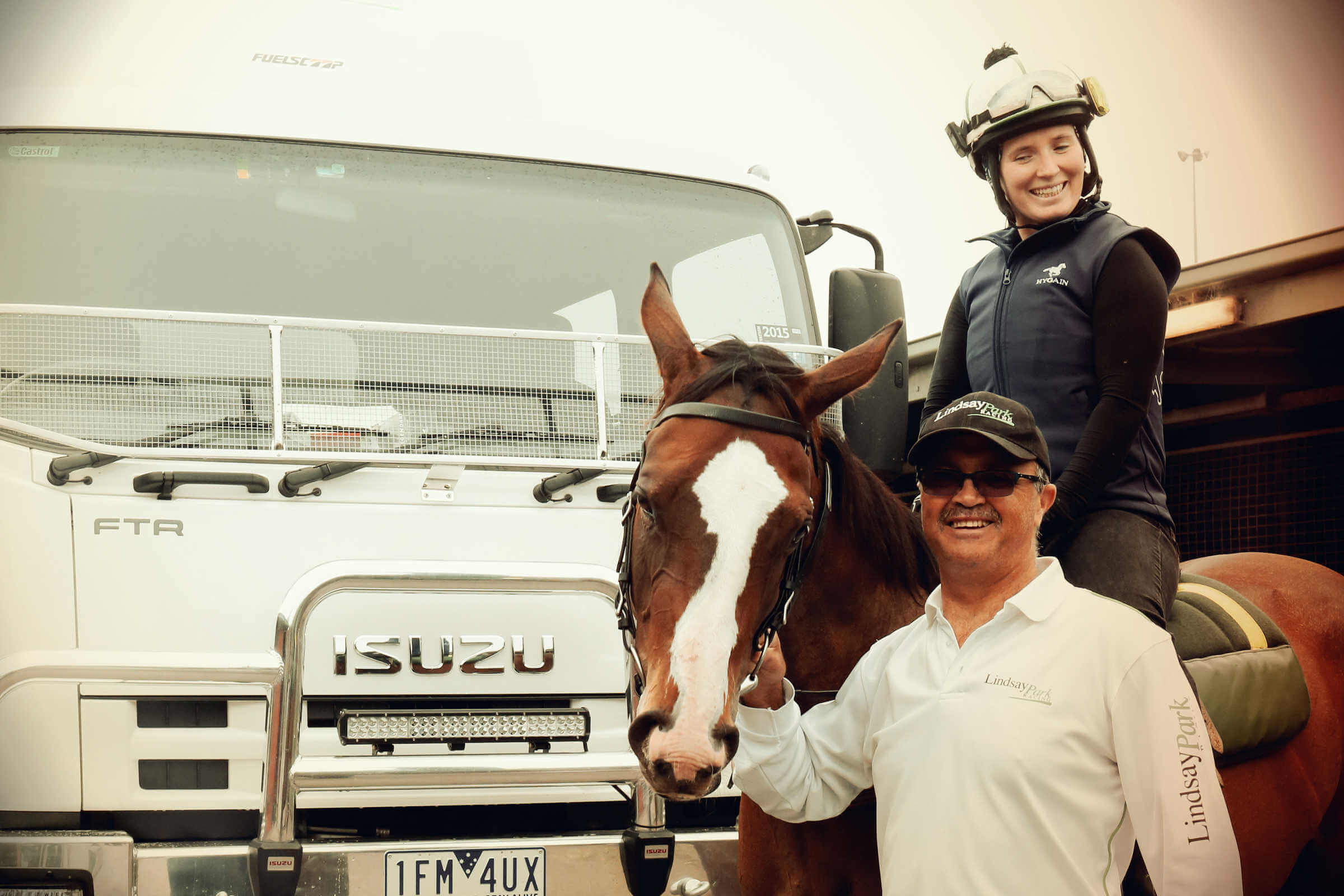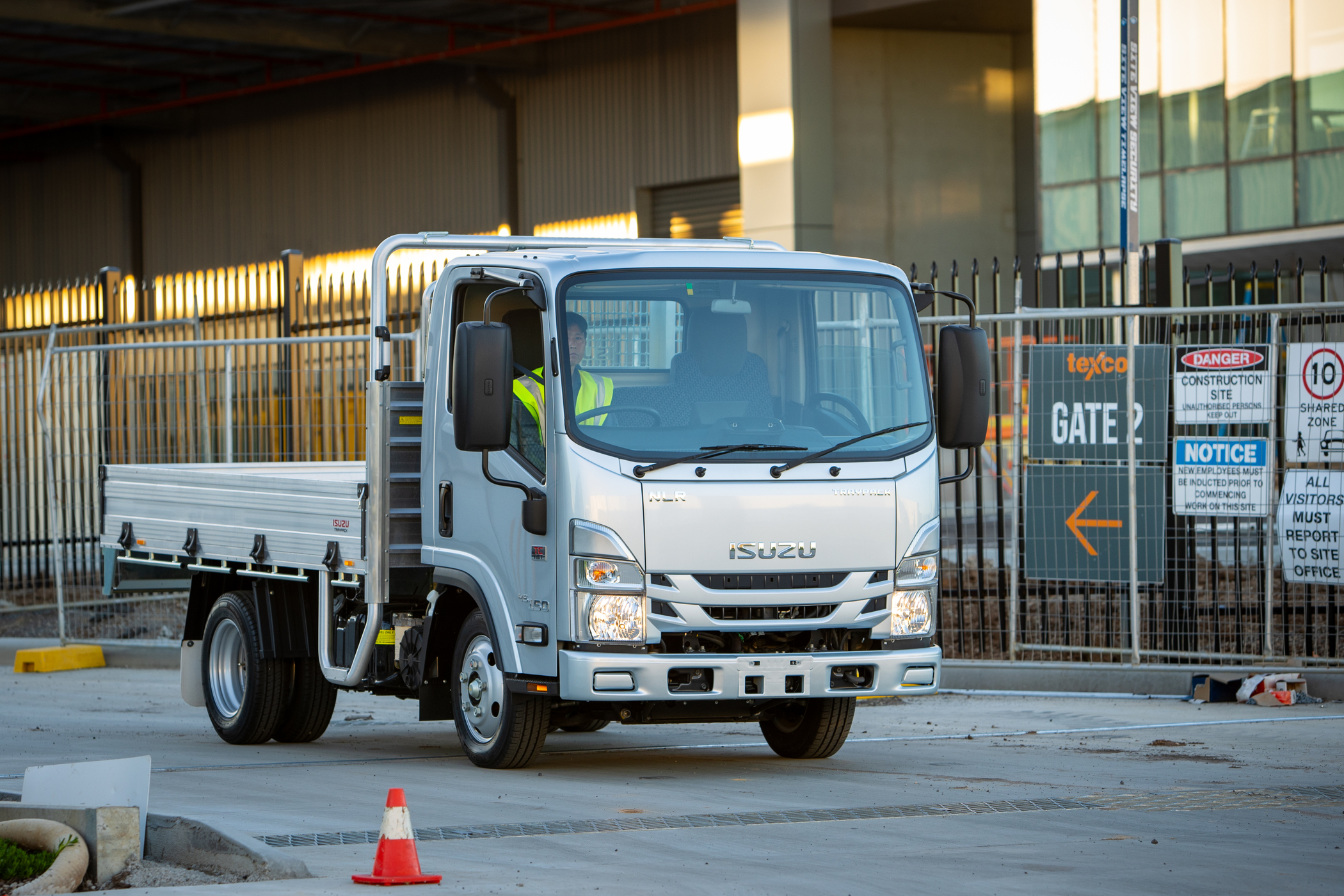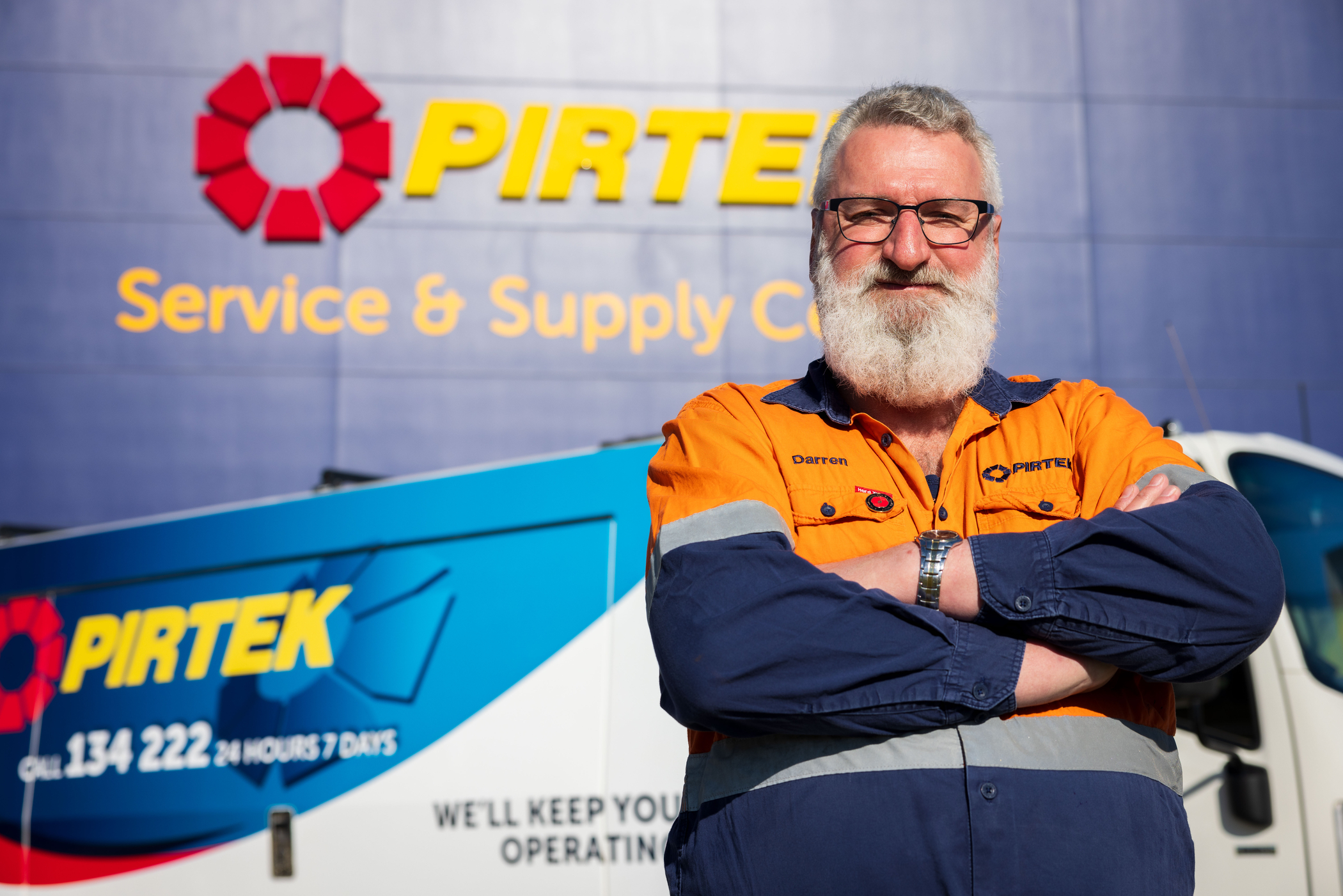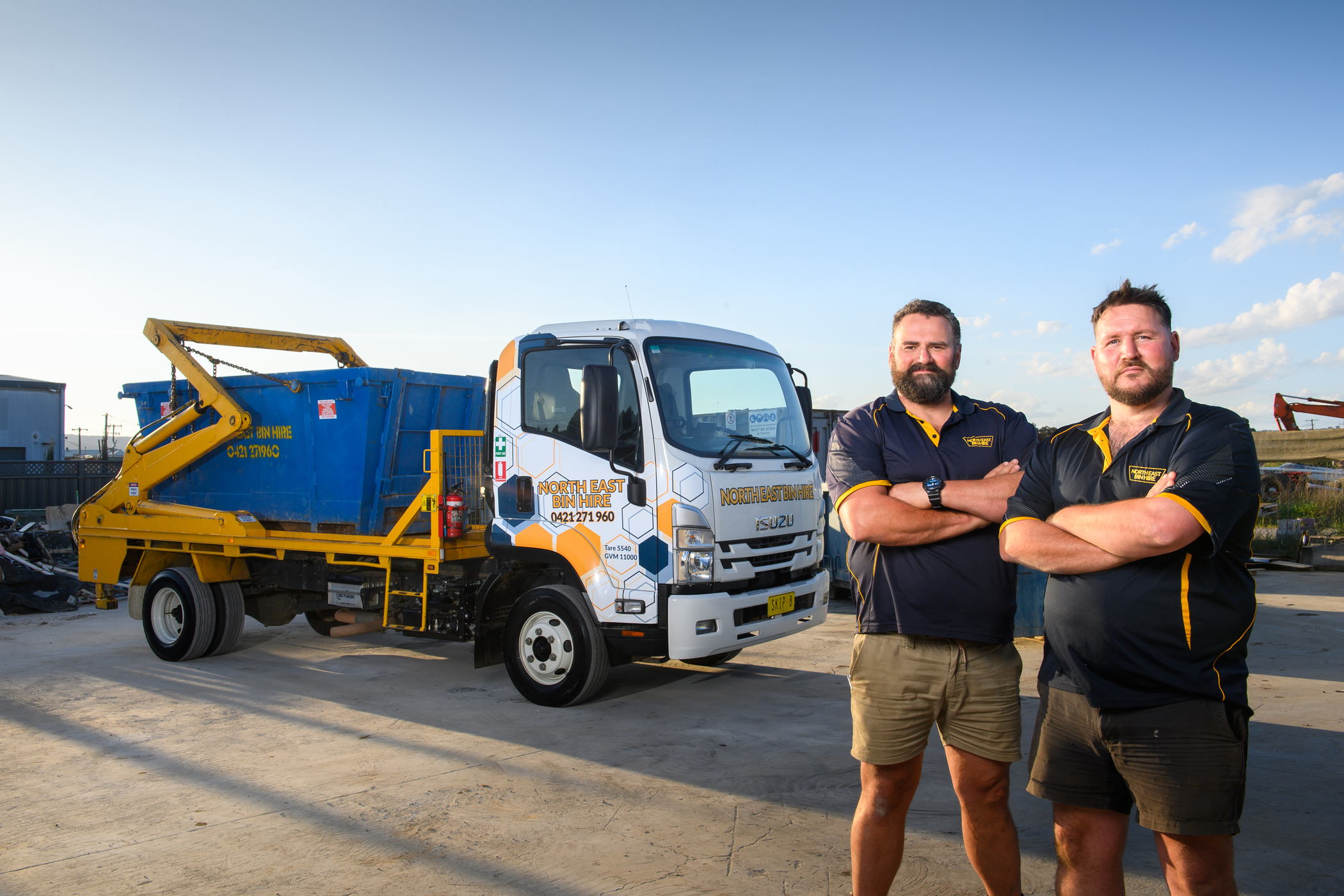Q&A: MEET THE MAN WHO DRIVES THE QUEEN’S HORSES TO THE RACES

 Transporting thoroughbred race horses, sometimes valued at over $32 million dollars requires a steady hand, and outstanding driving skills. Bruno Rouge-Serret knows that better than most. He’s been the head driver and assistant trainer for Lindsay Park Racing for over 20 years – driving and caring for horses owned by none other than Her Majesty the Queen and several Sheikhs of Dubai. We sat down with Bruno to find out what it takes to float some of the country’s most fragile and expensive freight.
Transporting thoroughbred race horses, sometimes valued at over $32 million dollars requires a steady hand, and outstanding driving skills. Bruno Rouge-Serret knows that better than most. He’s been the head driver and assistant trainer for Lindsay Park Racing for over 20 years – driving and caring for horses owned by none other than Her Majesty the Queen and several Sheikhs of Dubai. We sat down with Bruno to find out what it takes to float some of the country’s most fragile and expensive freight.
Can you tell us a bit of history about Lindsay Park Stables and some of your more high-profile clients?
Lindsay Park is owned and operated by Hall of Fame Racehorse Trainer David Hayes and his wife Prue. Our main training base is located just outside Euroa in country Victoria, north east of Melbourne. We also have stables at Flemington Racecourse in Melbourne and Randwick Racecourse in Sydney. Our customers range from Sheikhs in places like Dubai to her royal highness the Queen and anywhere below and above. We have a good cross-section of owners, from 100 people that have chipped in to own one horse – to one person who owns a few horses.
Tell us about your role is with Lindsay Park?
I’m an assistant trainer, but I also work with the transport and race day representation crew. I put the horses on the trucks and take them to the race meets. I also do owner liaison, and media representation like pre and post-race interviews for the press. I’ve always worked in stables so I wanted a role within the horse racing industry. I ended up in the transport side of things, which has been great. I drove for commercial companies for 10 years after getting my HR license, and now I drive privately for Lindsay Park.
Tell us about your first experience of transporting a horse?
I got my licence when I was 21, and I was very nervous operating a truck in those days. It’s probably just second nature now, like driving a car – you get better and better with experience.
What are your top tips for driving sensitive freight?
First and foremost, you have to be consistently mindful of what you’re carrying. From a horse perspective, you simply can’t corner like you’ve got groceries in the back. You have delicate animals that can fall, move or lash out. If you have 10, 12, even 15 horses on a float, and you take a corner too quickly they can all lose balance and that’s when bones are broken. There’s nothing holding them up other than their four legs. If the horses lose balance, chances are five of them might handle it okay but nine of them won’t. They can’t all get up at the same time either so when they try and get up they panic and injure themselves even more.
What’s unique about floating horses?
The difference with transporting horses, as opposed to other livestock like cattle and sheep is numbers. A farmer can put as many sheep on a truck as he can, and the animals their find their own balance. Racehorses are obviously different; they need their own individual area within the truck body, so you’ve got to be extremely careful accelerating, cornering and braking. The stock is very fragile and they’re worth a lot of money. You can have 10 or 12 horses on a float, that cost anywhere between $20,000 to a couple of million each. They’re insured for a lot of money and we don’t want to hurt them. If you have a very bad injury on a float, that horse may never ride again.
Are there any technology developments in today’s trucks that make this kind of freight task a bit easier?
Airbag suspension has been a very big development. It was in its infant stages when I started driving, but it’s come a long way since then. It essentially keeps your truck as level as possible, even if you do corner too quickly, the truck will try and counter balance it. Modern truck technology is better overall; the brakes are so much more advanced for example. However, you can only push the tech so far.
What is the most expensive float you’ve ever transported?
When I was driving commercial trucks, I drove a float of horses to Tullamarine Airport that had an estimated value of $32 million. You have to be critically aware of everything that’s happening on the road. It’s important to drive as carefully as you can as an individual, but you also need to be aware of what other drivers around you are doing too.
How do you recruit and train drivers for driving sensitive freight like horses?
It’s fairly specialised. We don’t look for drivers, we look for horsemen. You need to have the horse background first, and then we teach you how to drive them. You still have to know exactly what to do when something goes wrong, and understand how horses react to certain situations. There just aren’t a lot of horse drivers around, and you find when a company has them they are treated very well because a good horse driver is a valuable asset.


Playtime’s over, get $3,500* to spend on extras.
If you’re ready to get serious about tackling bigger jobs, grab yourself an NLR 45-150 AMT SWB Traypack from the Ready-to-Work range for $62,990 drive away*. And to prove we aren’t playing, buy any NLR Traypack before June 30 and you’ll get $3,500* to spend on genuine accessories or an Essentials service agreement.
Learn more



